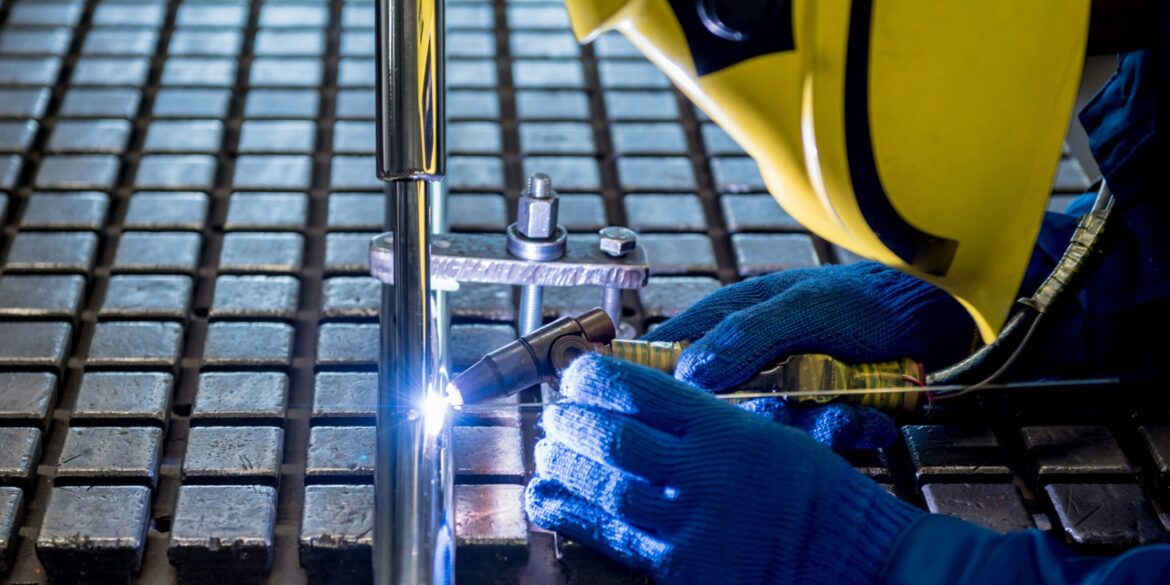On June 23, 2025, U.S. Steel and Nippon Steel successfully finalized their $14.9 billion merger, creating a global steel powerhouse poised to revolutionize the industry. This merger, one of the largest in the steel sector in recent history, is expected to reshape the global steel landscape by combining U.S. Steel’s expansive operations in North America with Nippon Steel’s cutting-edge technologies and manufacturing capabilities.
The announcement comes after months of negotiations and regulatory approvals. The combined entity will leverage the technological advancements from Nippon Steel alongside U.S. Steel’s established infrastructure to better compete in the increasingly globalized and competitive steel market. This strategic partnership aims to provide the combined company with greater flexibility and capacity to serve industries ranging from automotive to infrastructure, as well as expand into new sectors such as renewable energy and high-tech applications.
Why the Merger Makes Sense
The steel industry has been under tremendous pressure in recent years, facing volatile commodity prices, fluctuating global demand, and increasing environmental regulations. With the merger of U.S. Steel and Nippon Steel, the companies seek to consolidate their market position and streamline operations to reduce costs.
This merger creates a company with an unmatched global presence, as Nippon Steel, based in Japan, has a strong foothold in Asia, while U.S. Steel is a significant player in North America and Europe. The deal is expected to enhance the combined company’s ability to expand globally, specifically in emerging markets such as India and Africa, where infrastructure development is ramping up.
According to U.S. Steel CEO David Burritt, the merger will bring together two companies with complementary strengths. “This strategic combination will leverage the best of both companies and position us to compete more effectively across the globe,” said Burritt. “We are particularly excited about the opportunities to bring together Nippon Steel’s advanced manufacturing techniques with U.S. Steel’s extensive North American infrastructure.”
The Role of Technology in the Merger
One of the most exciting aspects of this deal is the combination of Nippon Steel’s technological advancements in steel production, including electrical steel, high-strength steel, and automotive-grade materials. Nippon Steel has long been at the forefront of steel innovation, investing heavily in automation and digitization in their manufacturing processes.
On the other hand, U.S. Steel has established itself as a key supplier to U.S. defense contractors, with its steel used in military vehicles, tanks, and naval vessels. The combined entity will now have the ability to deliver both cutting-edge steel products for industries like automotive manufacturing and green energy, as well as defense and aerospace industries.
The new entity plans to invest heavily in sustainable technologies as the steel industry looks for ways to reduce its carbon footprint. Both companies have committed to reducing carbon emissions, and this merger is seen as a major step toward achieving greater environmental sustainability within the steel industry.
Market Impact and Investor Sentiment
Following the announcement, both companies’ stock prices saw immediate increases. U.S. Steel shares surged by 21%, and Nippon Steel’s stock saw a significant jump as well. Analysts are optimistic about the long-term potential of the merger, citing the combined company’s ability to optimize its supply chain, drive operational efficiencies, and tap into the rapidly growing demand for green steel in industries such as wind energy and electric vehicles.
One of the key factors driving investor sentiment is the anticipated cost savings through synergies. The merger is expected to reduce operational expenses by $500 million annually over the next three years, primarily through shared resources and streamlined operations. Additionally, the combined company’s expanded reach will allow it to better leverage economies of scale in sourcing raw materials and distributing finished products globally.
A Positive Move for U.S. Steel’s Domestic Operations
The merger has significant implications for U.S. Steel’s operations in North America. For years, U.S. Steel has struggled with high labor costs, aging infrastructure, and competition from foreign imports, particularly from countries like China. Nippon Steel’s superior manufacturing technology is expected to reduce inefficiencies and position U.S. Steel as a more competitive player in the North American steel market.
Industry analysts predict that the merger will help U.S. Steel reduce costs and ramp up production at its midwestern and southern U.S. facilities, potentially creating new jobs in those regions. U.S. Steel has already committed to investing in the revitalization of existing plants, bringing more advanced technologies to their operations, and increasing the output of steel products in high-demand sectors.
Regulatory Approval and Anticipated Benefits
The merger underwent scrutiny from regulatory bodies in the U.S. and Japan to ensure there would be no anti-competitive effects. The deal received the necessary clearance from both the U.S. Federal Trade Commission (FTC) and the Japanese Fair Trade Commission (JFTC), though with a few conditions, including commitments to maintain a competitive workforce and ensure stable supply chains.
In addition to technological and operational benefits, the combined company is expected to see a boost in its financial stability. The merger enhances U.S. Steel’s ability to attract more investment, allowing the company to expand its product lines and increase R&D spending on next-generation steel products.
Conclusion: A New Era for the Global Steel Industry
The merger between U.S. Steel and Nippon Steel represents a new chapter for the global steel industry. With the combination of U.S. Steel’s North American market strength and Nippon Steel’s technological expertise, the companies are well-positioned to lead the steel sector into a new era of innovation, sustainability, and global growth. As the industry adapts to evolving demand for green steel, advanced manufacturing, and global expansion, this merger is expected to have far-reaching implications for steel production, trade, and supply chains across the world.

